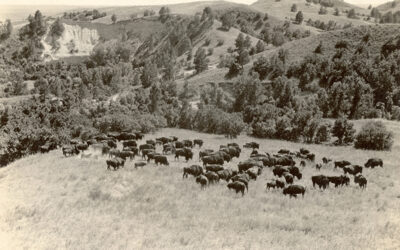
Diaries and letters from the Gold Rush year of 1849 often include references to “the elephant” or to “seeing the elephant,” which refer not to a flesh-and-blood animal, but to an imaginary beast symbolizing the journey to California. Merrill Mattes’s Great Platte River Road (1969, 1979) explains the elephant as
the popular symbol of the Great Adventure, all the wonder and the glory and the shivering thrill of the plunge into the ocean of prairie and plains, and the brave assault upon mountains and deserts that were gigantic barriers to California gold. It was the poetic imagery of all the deadly perils that threatened a westering emigrant. Thus, on his first day out of St. Joseph, Missouri, in 1852, [emigrant] John Clark wrote, ‘All hands early up anxious to see the path that leads to the Elephant.’ In 1849 James D. Lyon, ten miles east of Fort Laramie, was defiant: ‘We are told that the Elephant is in waiting, ready to receive us. . . . if he shows fight or attempts to stop us on our progress to the golden land, we shall attack him with sword and spear.’
No one has quite nailed down the origin of this mythical figure, often more vivid in imagination than the real three-dimensional rattler or buffalo. This creature seldom appeared except on the fringes of danger, and then it was only a fleeting glimpse. During a cattle stampede, says Martha Morgan, ‘I think I saw the tracks of the big elephant.’ Excited about his first buffalo chase, David Staples ‘went out to get a nearer view of the elephant.’ This phantom appeared most often during violent storms. James Abbey felt a ‘brush of the elephant’s tail,’ while Niles Searls ‘had a peep at his proboscis.’ In a particularly vicious hail storm, writes Walter Pigman, ‘The boys concluded the elephant was somewhere in the neighborhood.’
Despairing after a long succession of stampedes and deaths by cholera, Joseph Wood exclaimed, ‘Now methinks I see the elephant with unclouded eyes!’ Of turnarounds–that is, emigrants who gave up and went back home–it was said that ‘they had seen enough of the elephant.’ Of one who turned back after having gone seven hundred miles, Francis Sawyer said, ‘He had seen the Elephant and eaten its ears.’ The joys and sorrows, the hazards and heartaches of the covered wagon emigrants were enough to populate a whole continent full of elephants.



